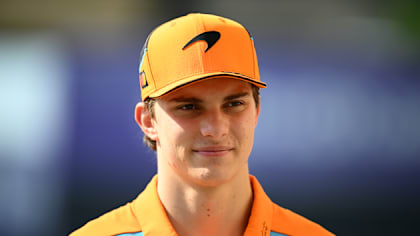)
Feature
STRATEGY GUIDE: What are the possible race strategies for the 2022 Dutch Grand Prix?

Share
)
The second visit to Zandvoort since it returned to the calendar has seen good weather and a close battle between the top three teams so far, so let’s take a look at the different strategic options available to the field for the Dutch Grand Prix.
What’s the quickest strategy?
A week ago there were only a few cars that were willing to start on the soft compound tyre due to how difficult it was to make last at Spa-Francorchamps, but it’s clearly going to be the preferred starting tyre today in Zandvoort.
READ MORE: Verstappen beats Leclerc to Zandvoort pole by 0.021s
That’s because the level of wear and degradation are both low, meaning the biggest challenge for teams is thermal degradation and not pushing the soft tyre too hard at the start of the race. But given how much slower the hard compound has proven to be so far this weekend – around a second per lap compared to the softs and closer to half a second compared to the medium – teams are likely to be keen to avoid the hardest compound.
That can be seen with the tyre choices the top three teams made heading into the race, with Red Bull, Ferrari and Mercedes all keeping two sets of medium tyres in their allocations in order to be able to run a two-stop strategy using both sets of mediums.
To pull that off, they will be looking to complete a first stint of around 18 to 23 laps on the softs, using that tyre first because of the additional grip it provides off the line. On a track where overtaking is difficult, gaining positions – or more importantly not losing them – at the start is crucial.
Then the middle stint on mediums will see a pit window of between Lap 43 and Lap 49 before fitting another set of mediums to run to the end of the race.
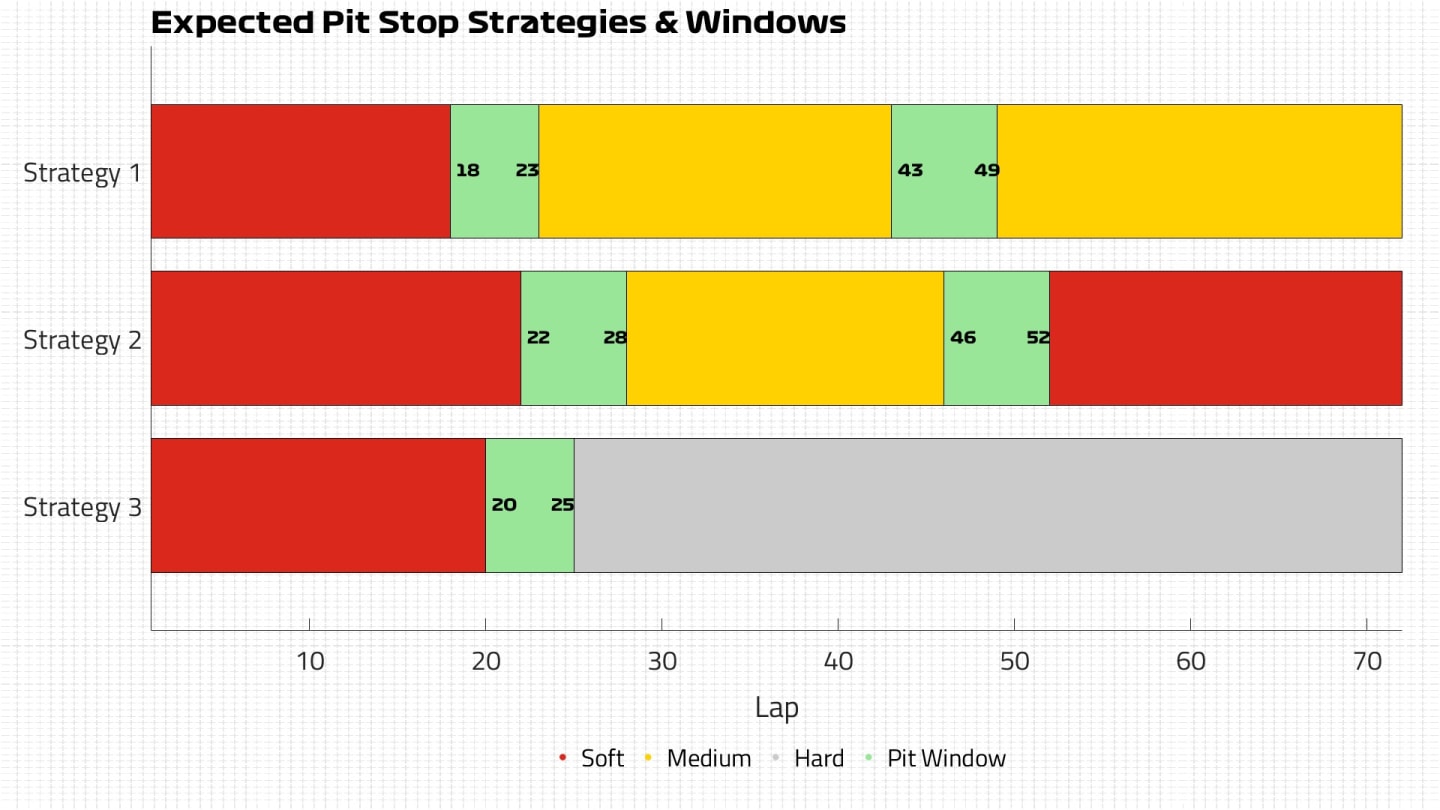
How about a different option for the top 10?
Only Mick Schumacher can match that strategy of the remaining top ten runners, with both Haas and Williams also holding back two sets of mediums for the race. So a different option that is more likely for the likes of Lando Norris, Yuki Tsunoda and Lance Stroll is to also attempt at two-stopper but using another set of soft tyres.
This would allow them to run the first stint on the softs like the rest of the cars around them and not risk missing out on key grip off the line, but will require a longer opening part of the race.
The first stint would need to be between 22 and 28 laps long to help the more aggressive strategy, then switching to mediums for the second stint.
Then drivers would be looking to get as close to Lap 52 as possible before making a final stop to revert to the soft tyres, in turn allowing a quicker final stint on the low fuel load with the fastest compound of the range.
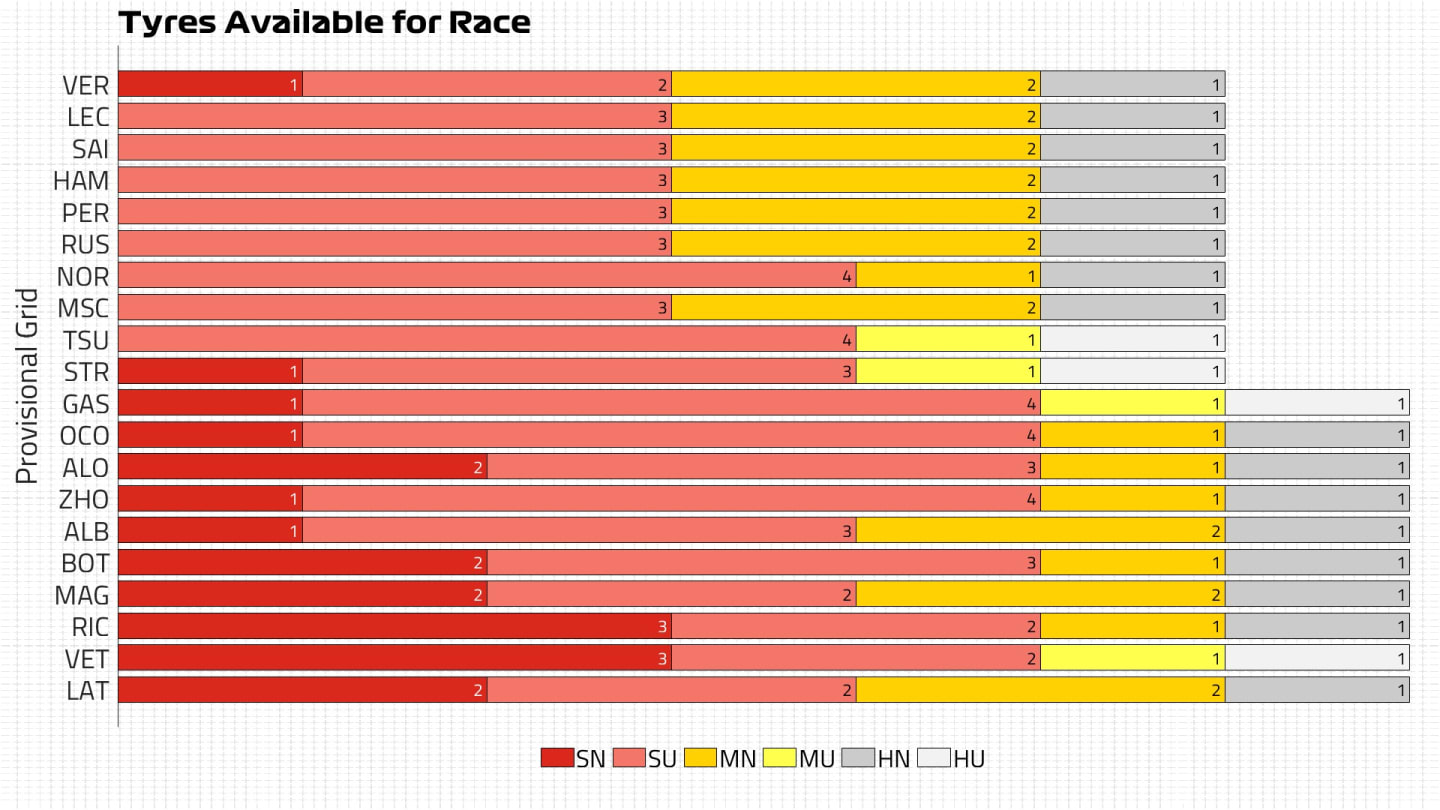
What are the options for the bottom half of the field?
The pit lane speed limit is set at 60kph at Zandvoort, so while it is a short pit lane that takes an inside line at Turn 1, the time loss is relatively high.
So the one-stop strategy is attractive if a driver can make it work, but it is likely to mean needing to use the hard compound tyre.
FACTS AND STATS: Schumacher grabs second-best qualifying slot of his career with P8 at Zandvoort
Similar to the two-stopper using two sets of softs, a slightly longer opening stint will be required than the strategy the top teams are likely to be targeting, with a pit window of Lap 20 to 25 to then take on hard tyres.
The upside to this strategy is minimising the time lost in the pit lane, but the downside is the lack of pace from the hard tyre, and if a longer DRS zone (along with the impact of the 2022 regulations) does lead to more overtaking opportunities than last year, then drivers could struggle to defend from cars coming through on the two-stopper.
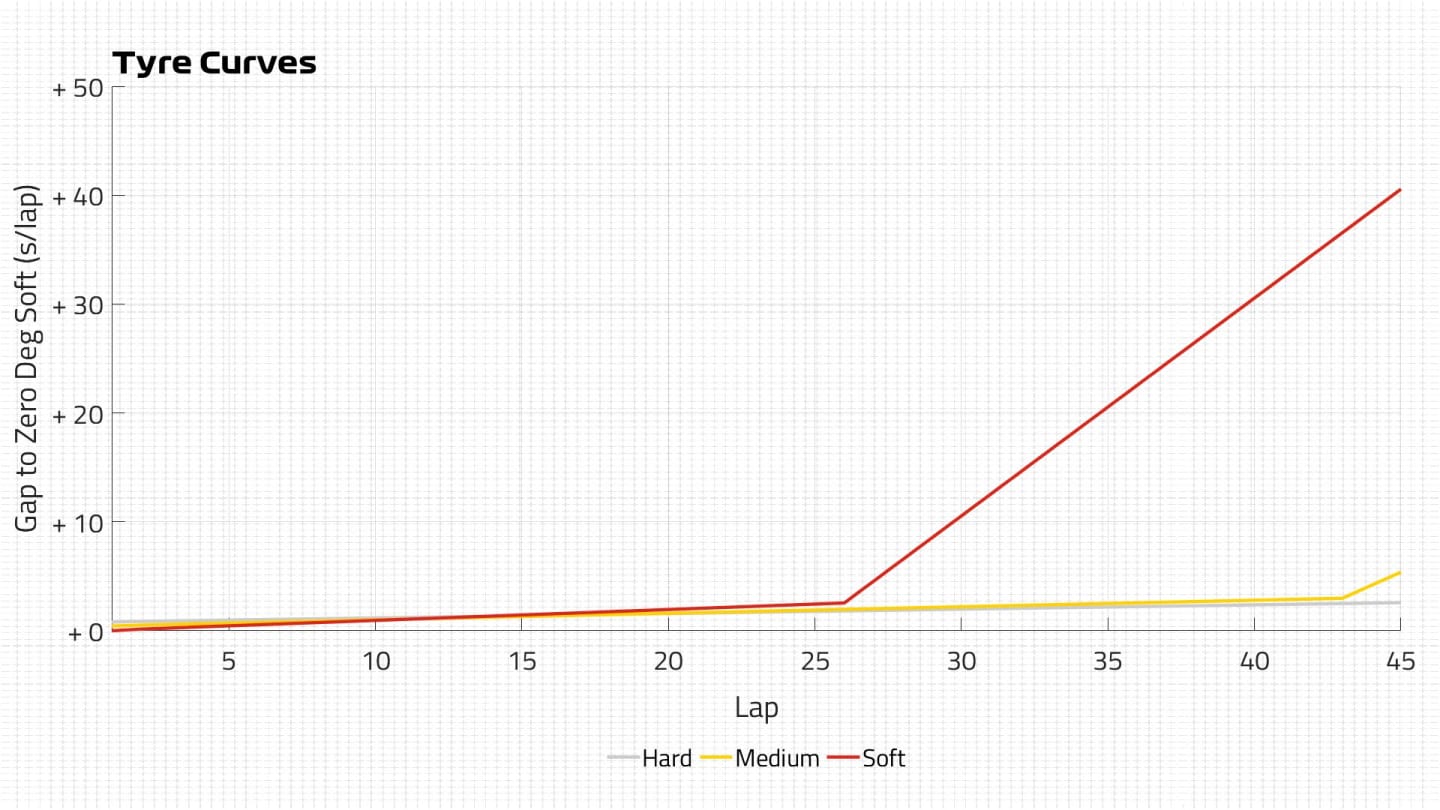
There is one other option that could be attempted when it comes to a one-stop but it will take some tyre preservation.
Starting on the soft tyre, an opening stint of close to 30 laps would be tough but if a driver can pull it off then they could target the remaining up to 45 laps on mediums.
WATCH: Enjoy Max Verstappen’s nail-biting pole lap around Zandvoort
The reverse strategy is also not completely out of the question, with drivers starting further down the order opting for the medium tyre at the start, running as long as possible to try and get to a final stint around 30 laps and then switch to soft tyres.
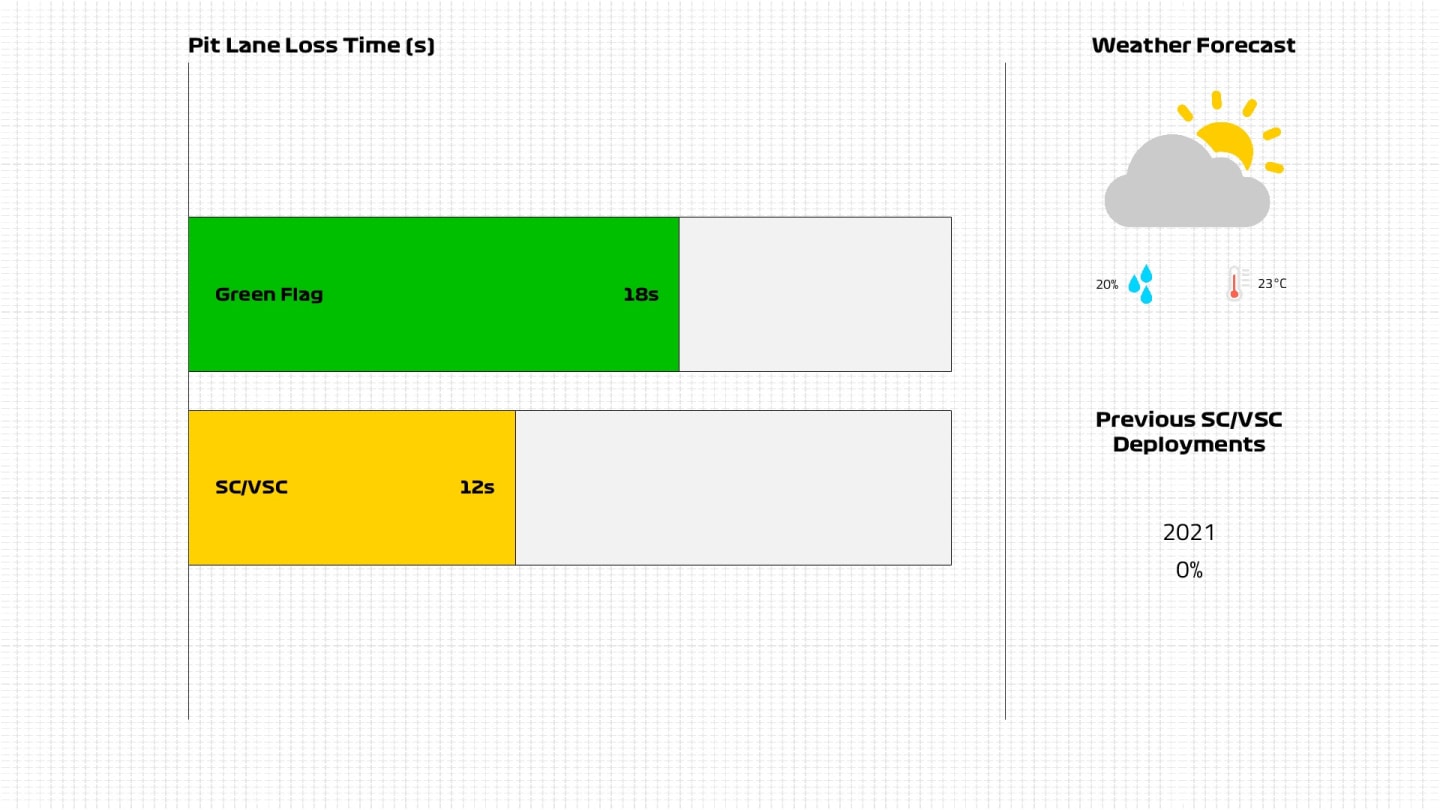
Wait, but what’s the weather doing?
While the weather was good on Friday, it was a warm day on Saturday with the air temperature reaching over 27C during qualifying. That meant the tyres were easier to switch on but is what also highlights thermal degradation as a limiting factor.
In those conditions, the hard tyre might be considered by a few looking to one-stop, but the race could well see cooler track temperatures due to the forecast for some more cloud cover than was seen yesterday. That would make the hard even more difficult to switch on and reduce the likelihood of teams risking that compound, moving further away from the potential of a one-stop strategy being employed.
HIGHLIGHTS: Watch the action from qualifying in Zandvoort as Verstappen narrowly beats Leclerc
Despite more cloud cover and a mixed forecast earlier in the week, the risk of rain has reduced to 20% and teams are more likely to be concerned about the impact of gusts of wind. With Zandvoort’s location right on the North Sea coast, there have been some blustery spells that can unsettle a car, particularly when it’s a tailwind into a corner.
With that in mind, the hard is again likely to be only seen as a back-up tyre because its lack of grip makes it more susceptible to snaps in windy conditions, with the grip not returning as quickly as on the softer compounds.
YOU MIGHT ALSO LIKE
Feature Funniest moment, best radio message and more – F1's 2024 alternative awards
Feature END OF YEAR REPORT: Aston Martin – A season below expectations but with key high-profile arrivals
News Hadjar signs for RB as he takes final seat on 2025 F1 grid
News Piastri assesses his 2024 season as he pinpoints areas of improvement and times he ‘made life too difficult’
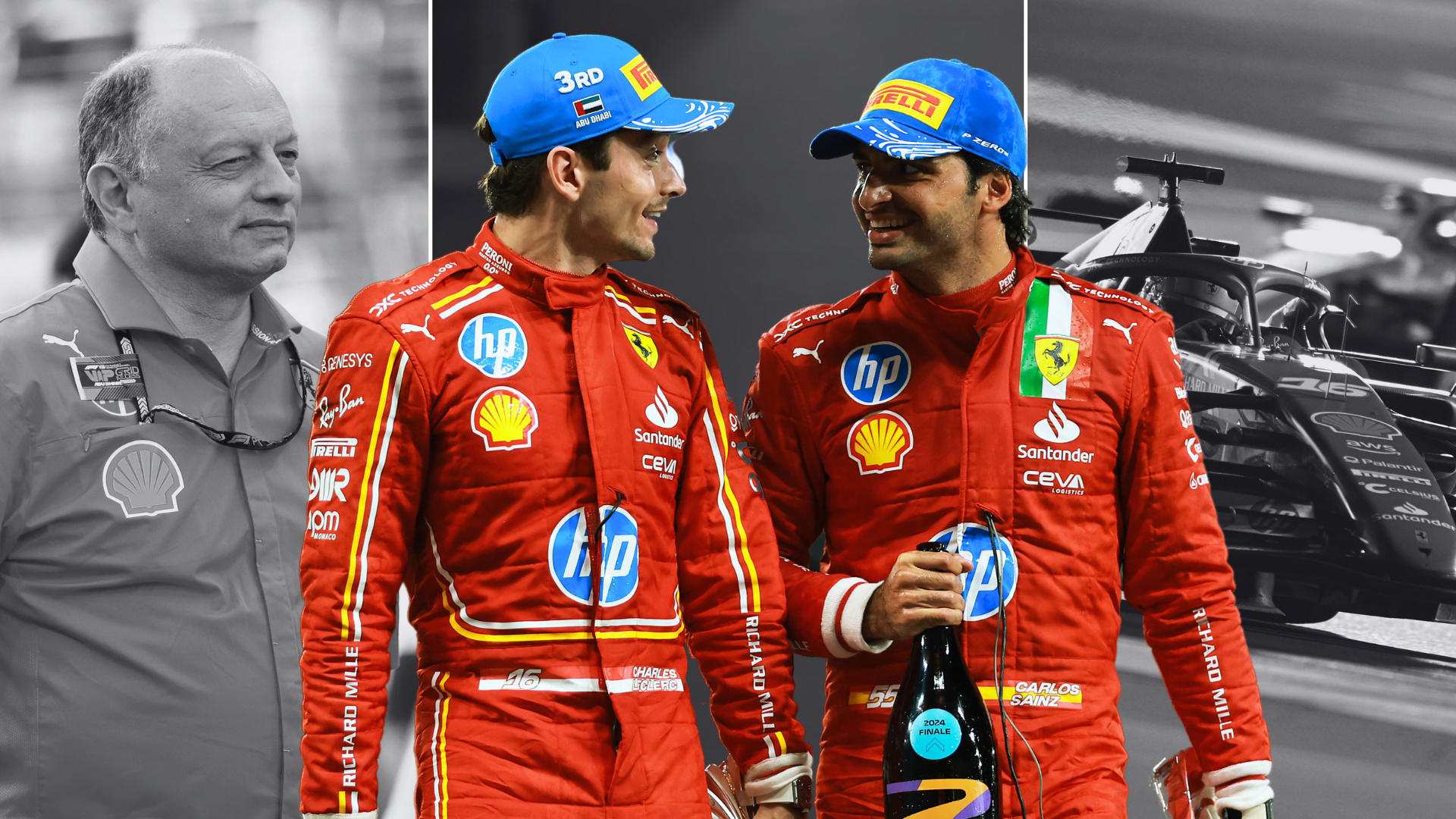
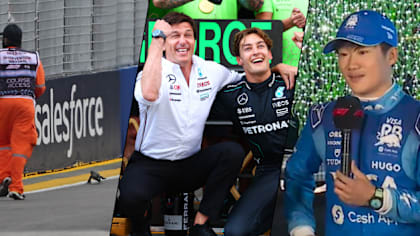
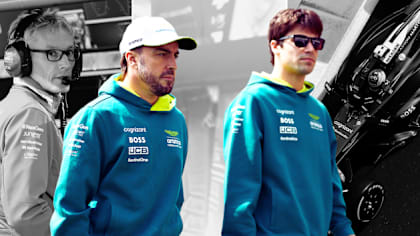
/Formula%201%20header%20template%20-%202024-12-20T091526.666)
